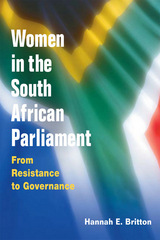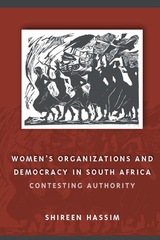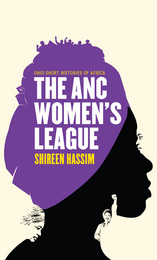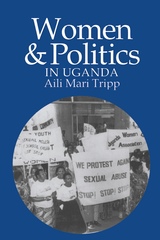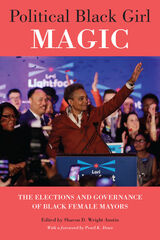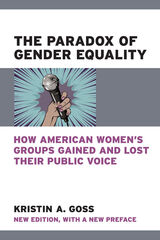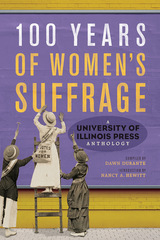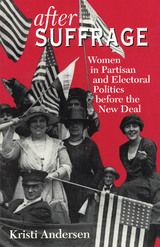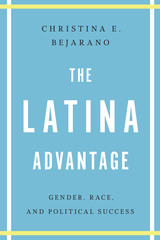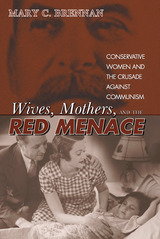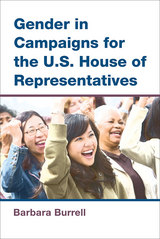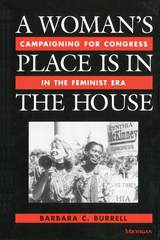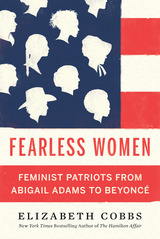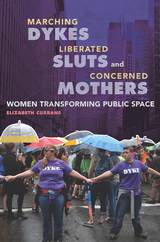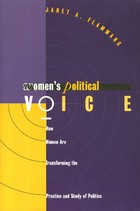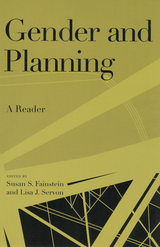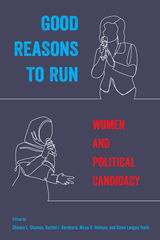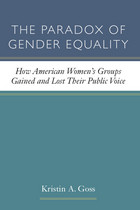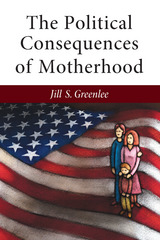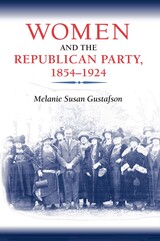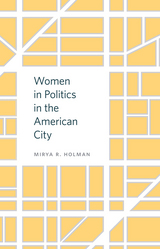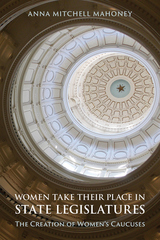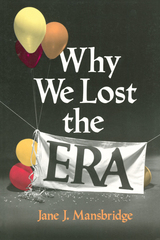Gender in Campaigns for the U.S. House of Representatives
University of Michigan Press, 2014
Cloth: 978-0-472-07231-6 | Paper: 978-0-472-05231-8 | eISBN: 978-0-472-12051-2
Library of Congress Classification HQ1236.5.U6B868 2015
Dewey Decimal Classification 320.0820973
Cloth: 978-0-472-07231-6 | Paper: 978-0-472-05231-8 | eISBN: 978-0-472-12051-2
Library of Congress Classification HQ1236.5.U6B868 2015
Dewey Decimal Classification 320.0820973
ABOUT THIS BOOK | AUTHOR BIOGRAPHY | TOC | REQUEST ACCESSIBLE FILE
ABOUT THIS BOOK
Barbara Burrell presents a comprehensive comparative examination of men's and women’s candidacies for the U.S. House of Representatives in elections from 1994 through 2012. Analyzing extensive data sets on all major party candidates for 10 elections—covering candidate status, party affiliation, fund-raising, candidate background variables, votes obtained, and success rates for both primary and general elections—Burrell finds little evidence of categorical discrimination against women candidates. Women compete equally with men and often outpace them in raising money, gaining interest group and political party support, and winning elections.
Yet the number of women elected to the U.S. House has expanded only incrementally. The electoral structure limits opportunities for newcomers to win congressional seats and there remains a lower presence of women in winnable contests despite growing recruitment efforts. Burrell suggests that congressional dysfunction discourages potential candidates from pursuing legislative careers and that ambitious women are finding alternative paths to influence and affect public policy.
See other books on: 2001-2009 | Elections | Legislative Branch | Political campaigns | United States. Congress. House
See other titles from University of Michigan Press

